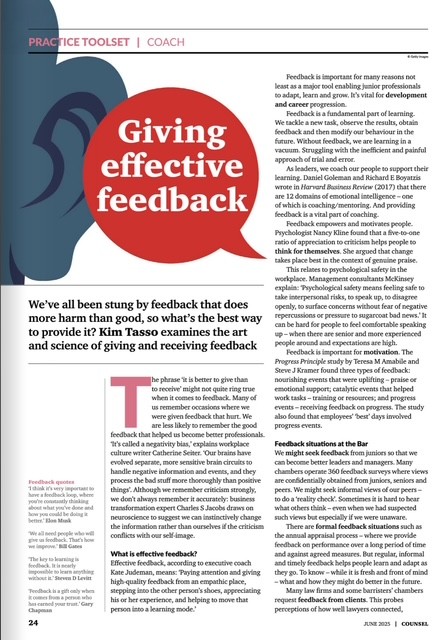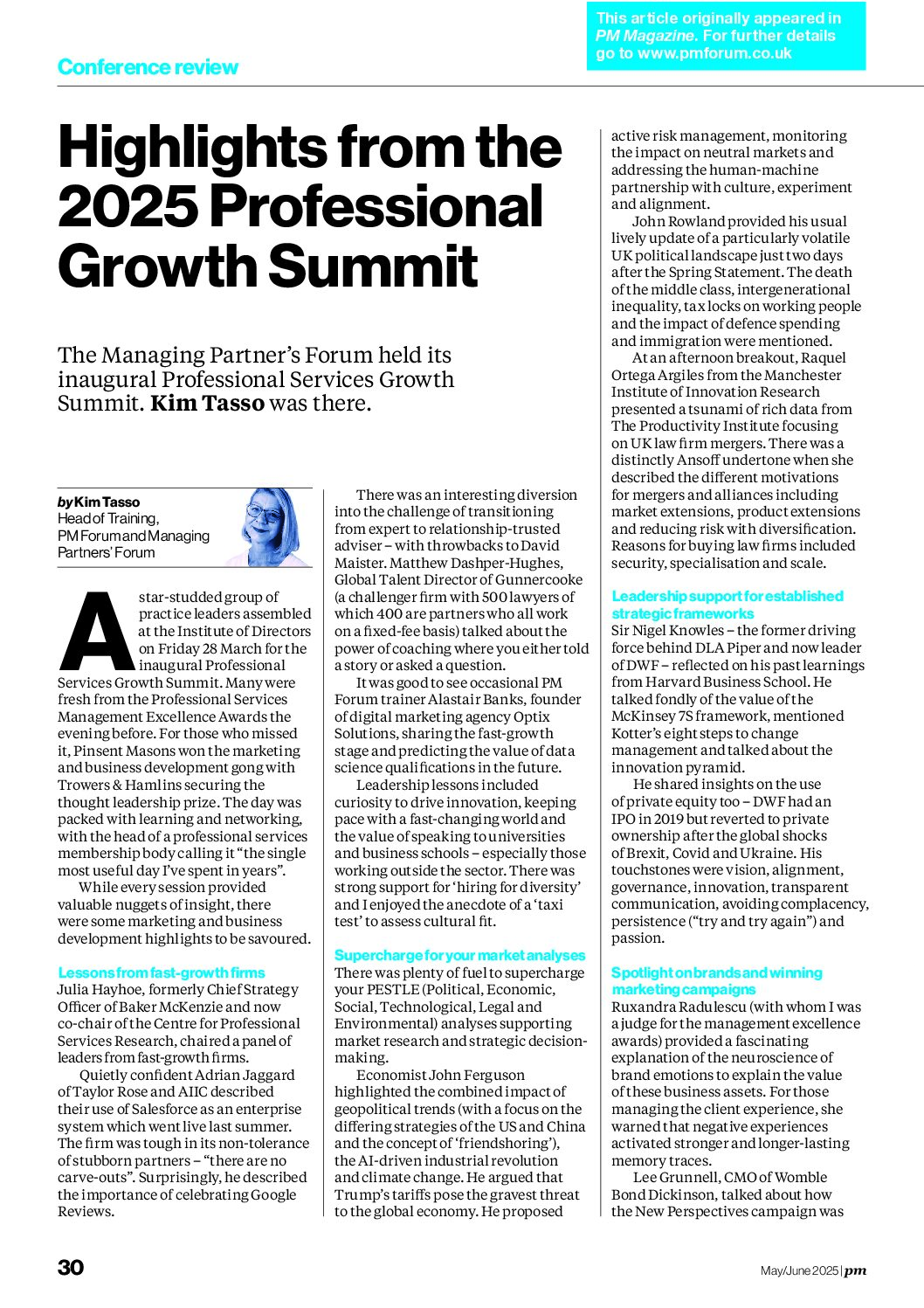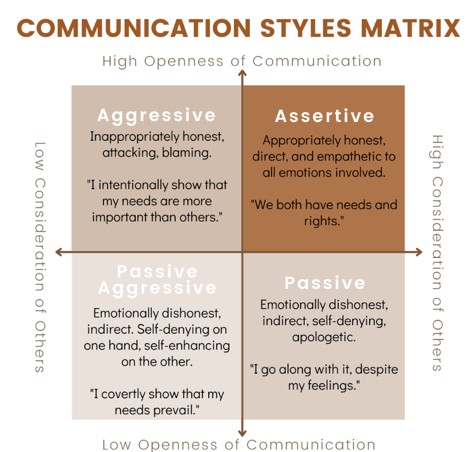To support the training in the “Helping fee-earners prepare the perfect pitch” session I present for PM Forum http://www.pmforum.co.uk/training/ (the next scheduled session is on 6th Feb), I regularly review trends and developments in pitching in the professions. Using information reported The Lawyer magazine, here are my observations on the trends in law firm panel tenders:
The increased cost of tendering
The Lawyer reported that during 2013 there were 46 formal law panel reviews. Assuming that typically it takes a significant amount of time from management, lawyers, marketing/BD staff, know-how and IT teams and administrative staff to complete the planning, research, proposition development, document production and presentations I wondered just how much money (in terms of opportunity cost) was being spent on the tendering process. If we conservatively assume that the cost per tender is £90,000 (see the table below) that’s a staggering £4m just for these major reported panel reviews! I wondered whether firms record this information – and other tendering metrics – to manage their cost of sales and subsequent cost of relationship when managing successful contracts.
Illustration: Calculating the cost of a tender:
| Staff Type | Number | Hours | Hourly rate | Cost |
| Senior Partner |
2 |
16 |
£600 |
£19,200 |
| Bid Partner |
1 |
32 |
£300 |
£9,600 |
| Specialist Partners |
5 |
12 |
£300 |
£18,000 |
| Associates |
10 |
8 |
£200 |
£16,000 |
| BD staff |
2 |
40 |
£150 |
£12,000 |
| Other staff |
3 |
16 |
£150 |
£7,200 |
| Secretaries/Admin |
3 |
16 |
£75 |
£3,600 |
| Total |
£85,600 |
|||
Clients segmenting work
Clients design their panels differently. While some have a single panel, others are likely to have separate teams for different levels of the organisation (e.g. PLC vs. operating companies), or types of law (e.g. specialist vs. general) or regions. What was interesting was how many of the clients revised the way that they organised their panels to reflect the changing needs of their sector or organisation and their growing sophistication from past experience of managing their panels.
Amongst the key issues in assessing panels were: sector expertise, relationships with lawyers, personal contact and then price (9th Sep 2013) These issues have important implications for how firms position themselves in the future – for example, their international reach and sector approach – and their relationship management systems.
Example:
- Barclays launched a general panel review (6 Jan 2013) which was the first since the panel was formed in 2011 where 50 existing advisors were joined by 50 more. It introduced a two pronged structure – general/preferred and specialist/approved. http://www.thelawyer.com/news/lawyer-news-daily/all-barclays-wants-for-christmas-is-a-new-legal-panel/3014224.article and http://www.thelawyer.com/in-house/revealed-barclays-kicks-off-delayed-panel-review-with-new-look-structure/3014117.article?cmptype=%%=v(@subjectHeading)=%%&cmpid=dnews_%%jobid%%
- Citigroup rejigged its panel and scrapped its two tier system introduced in 2010 comprising the ‘golden nine’ and the ‘silver sixteen’ and concentrated on meeting global and regional/local issues. No new firms were appointed but some existing advisers didn’t make it through (4 Nov 2013) http://www.thelawyer.com/in-house/panel-reviews/revealed-citigroup-to-shake-up-panel-with-reduced-roster/3011532.article
Reducing the number on the panel
Often a panel review looks to rationalise (i.e. reduce) the number of firms being used so that greater discounts can be achieved by consolidating the work amongst fewer firms and that the management burden on the in-house team is reduced which saves time. In an extreme case, Eon appointed Pinsent Mason to replace 40 firms on its panel on a five year, fixed price deal for the majority of its infrastructure, energy and commercial matters – nice work if you can get it. Interestingly, Pinsent Masons had previously secured a similar deal with construction giant Balfour Beatty.
While one might expect low profile and smaller firms to be the major casualties there is plenty of evidence to show that even the mighty can fall so there is really no place for complacency in the panel review process. And when one firm decides to throw its panel out and revert to a relationship model it would suggest that Key Client Management (KCM) programmes will win on both these counts.
Examples:
- Legal & General insurers removed Allen & Overy, Linklaters and Olswang and reduced its panel from 19 to 5 (21st Oct 2013) http://www.thelawyer.com/in-house/revealed-ao-links-and-olswang-out-after-lg-cut-panel-from-19-to-five/3011265.article
- Pension Protection Fund (7th Oct 2013) reduced its panel from 27 to 23 firms – the first panel review since it was set up in 2004 http://www.thelawyer.com/in-house/panel-reviews/clydes-dentons-and-wragges-win-core-spots-on-ppf-panel/3010670.article
- Nationwide Panel launched a panel review after three years and added the category of compliance after changes in the regulatory regime (9th 0ct 2013) http://www.thelawyer.com/in-house/in-house-news/nationwide-panel-review-kicks-off-after-six-month-delay/3010849.article
- Eon appoints Pinsent Mason to replace 40 panel members (3rd Oct 2013) http://www.thelawyer.com/in-house/panel-reviews/pinsent-masons-beats-40-firms-to-win-sole-legal-provider-contract-for-eon/3010511.article
- Bucking the trend entirely was Royal Dutch Shell in March 2013 which scrapped its global legal panel in favour of individual relationships with firms in different countries http://www.thelawyer.com/news/lawyer-news-daily/the-sun-goes-down-on-panel-reviews/3009314.article
Shift to in-house?
Since the recession, many clients have been forced to make substantial cuts in their in-house teams (and this is particularly so in the banking sector http://www.thelawyer.com/analysis/market-analysis/banking-and-finance-money-puzzle/3011335.article) so it should be no surprise that would then scrutinise their external advisers.
But looking back over the year, what was interesting was the way in which in-house legal teams are again now shifting the emphasis away from external advisers back to in-house teams. This was particularly evident in the area of litigation where I presume cost management is more challenging. This suggests that firms need to work harder at developing pricing and project management systems to reassure clients that costs will be managed effectively. Quinn Emmanuel – which I have blogged about before http://kimtasso.com/the-pricing-and-value-of-legal-services/ – clearly has its act together here.
Examples:
- BT Sport paid nearly £900m for a three-year deal with UEFA that takes European football from Sky and ITV and the deal was managed in-house (2 Dec 2013) http://www.thelawyer.com/analysis/bt-sport-game-changer/3013112.article
- In 2006 Citi Legal Academy in Belfast was launched to train and recruit graduates. Next month, 23 new graduates of the Academy are set to join the bank’s legal team (28th October 2013) http://www.thelawyer.com/in-house/panel-reviews/revealed-citigroup-to-shake-up-panel-with-reduced-roster/3011532.article
- Morrisons supermarkets (18th October 2013) doubled its internal team and launched its panel of 15 firms in six areas http://www.thelawyer.com/in-house/morrisons-to-double-in-house-team-as-it-adds-dac-beachcroft-eversheds-dwf-to-new-panel/3011233.article
- BT looking at panel review of 140 firms and 30% of its outsourced work to LPO United Lex (30 Sep 2013) http://www.thelawyer.com/in-house/in-house-news/bt-launches-lpo-review-in-wake-of-law-firm-network-revamp/3010149.article
Increasing role of procurement
Not surprisingly, there were many reports of the increasing role of procurement teams – sometimes with them taking the lead in managing the panel review and sometimes with a more back seat role supporting the in-house lawyers. The needs of the procurement people in the decision making process can be somewhat different to those of the in-house legal team and the users of the service and law firms will need to increase their understanding of how to form productive relationships with them if they are to succeed.
Example:
- Increasing role of procurement (7 Oct 2013) http://www.thelawyer.com/in-house/learning-to-love-procurement/3010479.article
- “AIG conducted a panel review for EMEA that involved a heavy dose of procurement input and led by a legal services specialist in that department who has been in place for 18 months”
- “She says her department works closely with the Network Rail procurement team”
- “Barras and others reiterate that banks in particular are procurement enthusiasts”
- “Any hint of a forced marriage between procurement and internal counsel is not going to work, says Mick Corti, commercial and BD director for NHS London Procurement Partnership”
- The Aviva panel review was considered in detail (25 Sep 2013). The organisation demanded a 15-25% fee discount and indicated that particular expertise might give firms a shot above existing relationships – there were some “cold” entrants. It worked with procurement and had two stages: analysing heavy-hitting advisers for the plc and then a stage to review more widely used firms – overall 35 firms invited to tender. Unusually, there were no face to face interviews – only document reviews and telephone calls. They used a six point rating system
a) market leadership and positioning
b) evidence of capability of proposed service
c) historical experience with Aviva
d) suitability of proposed lawyers
e) overall relationship management proposition
f) discount level. http://www.thelawyer.com/news/editors-picks/adding-value-in-house/3010036.article
Future increase in assessment of external legal advisers
The Lawyer’s In-house Attitudes Report (Jun 2013) http://www.thelawyer.com/in-house/the-lawyer-in-house-attitudes-report-2013-sample/3006575.article revealed that two thirds of in-house lawyer have no written evaluation procedure, a third of them do not discuss performance with their external advisors and 8% don’t capture performance data about external. It was also revealed that 32% never ran beauty parades and 45% do so only on an ad-hoc basis.
Yet this situation is unlikely to continue. Many GCs have uniform engagement terms, written project plans, electronic billing systems and systems for harvesting data from their external advisors.
Of course, firms can sit back and wait for more in-house lawyers to start such initiatives or they can take the lead and proactively develop ways to monitor and measure their performance and prove their worth to their clients.
Examples:
- Virgin launches formal audit of the eight relationships serving its umbrella group (12 Nov 2013) http://www.thelawyer.com/in-house/virgin-group-launches-panel-audit/3012252.article
- “Provision of secondees, free of charge training, free of charge updates – those are typical things we expect from the panel. And we will ask them to be creative and tell us what else they can offer us.”
- The Lawyer leader on panel reviews (9th Sep 2013) http://www.thelawyer.com/news/leader/pain-of-the-panel-review-is-just-the-start/3009253.article
Broader implications
What all this means is that as well as ensuring that there are management policies, procedures, information, systems, training and marketing/BD teams to support lawyers during the tendering process, there is also a need to look at Key Account Management (KAM) programmes to ensure that existing panel clients are carefully managed. There needs to be a range of metrics being reported on performance against the contracts and terms but also in terms of the “added value” – whether this is saving time or money for the client or providing additional benefits besides the contracted legal service.









